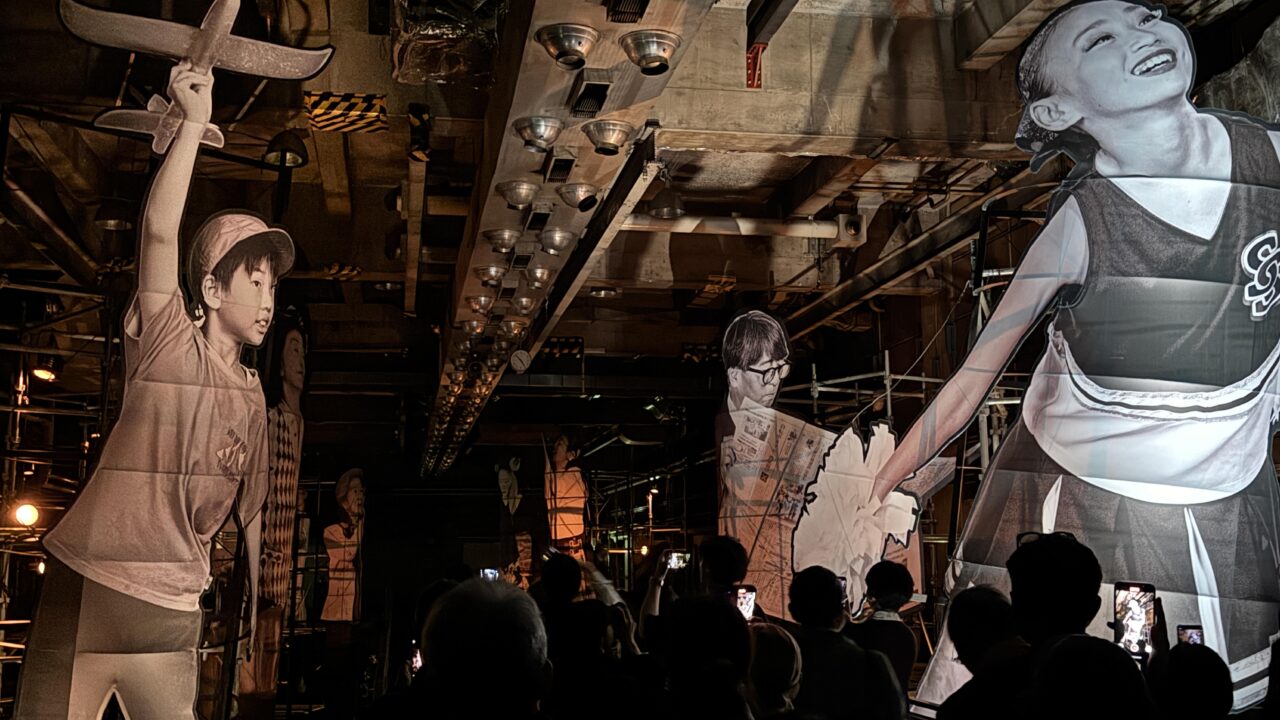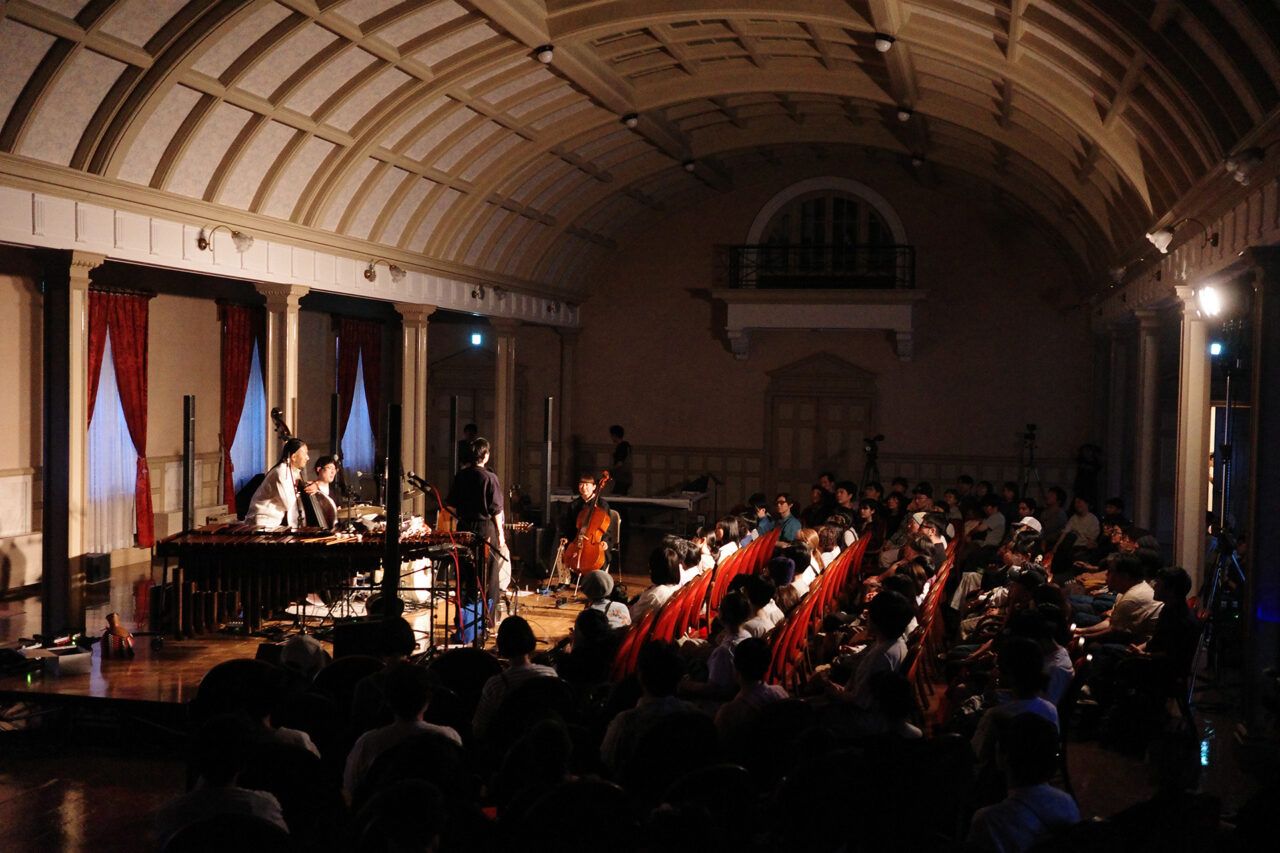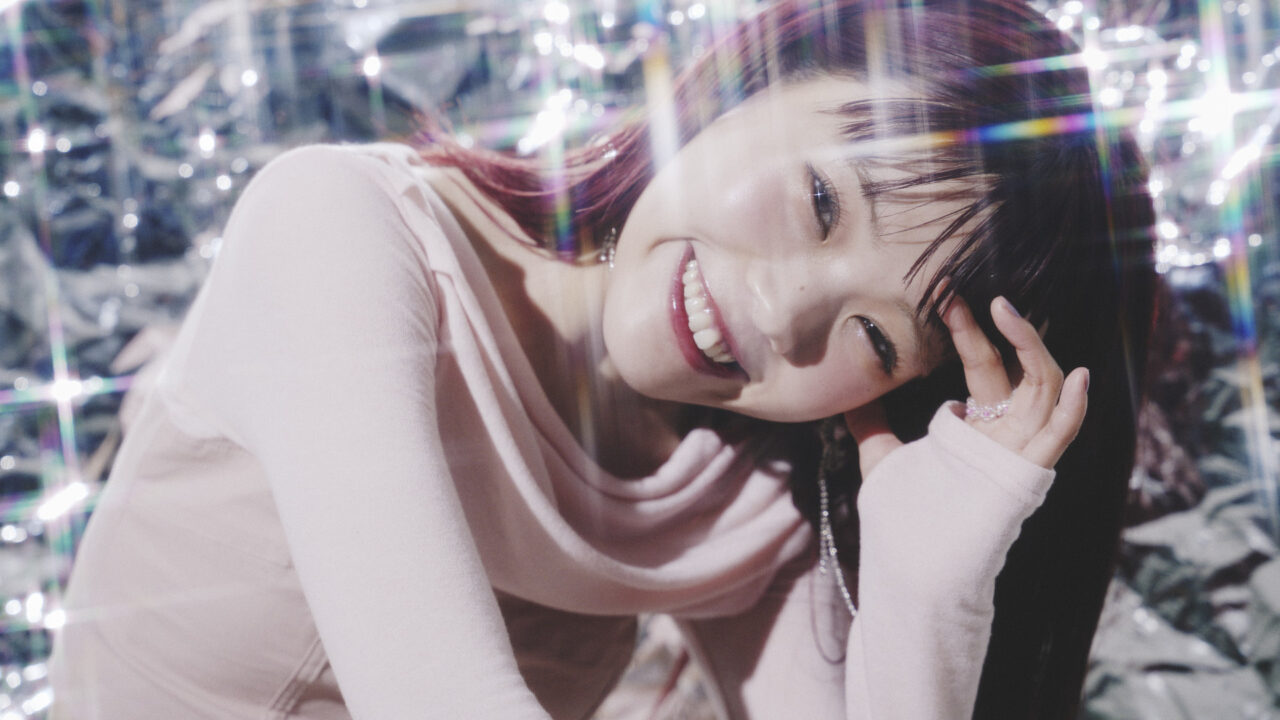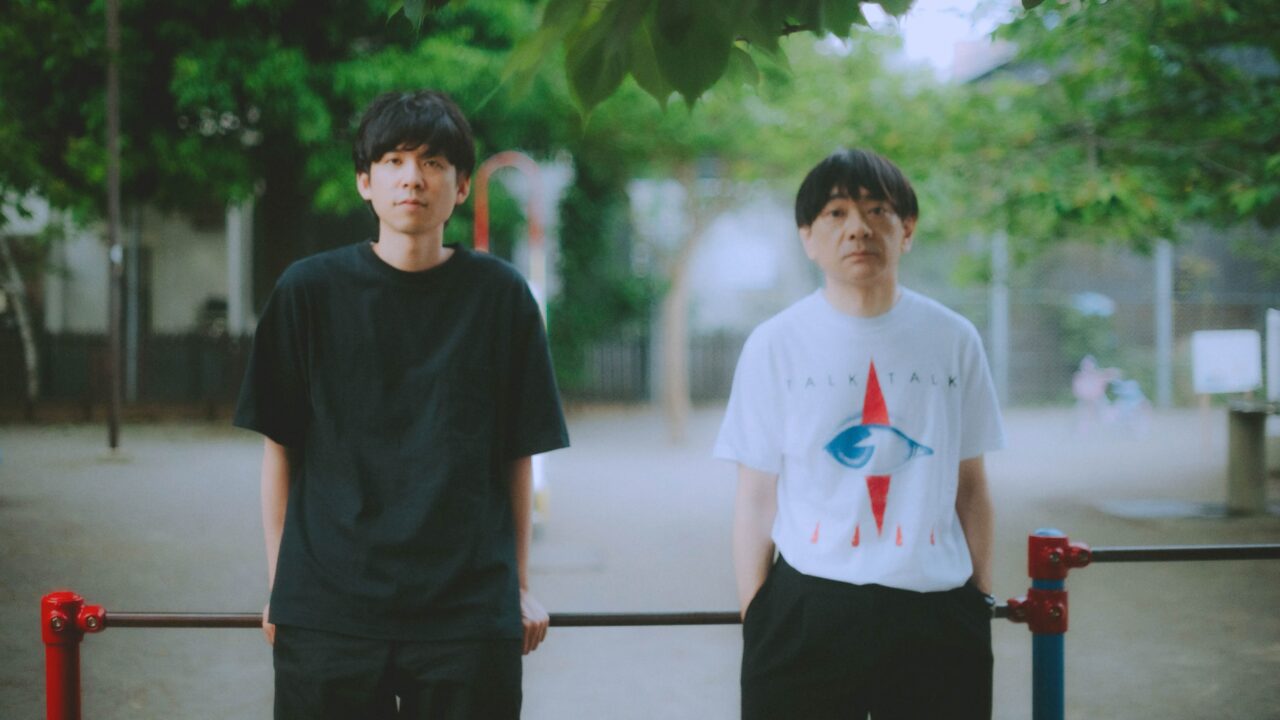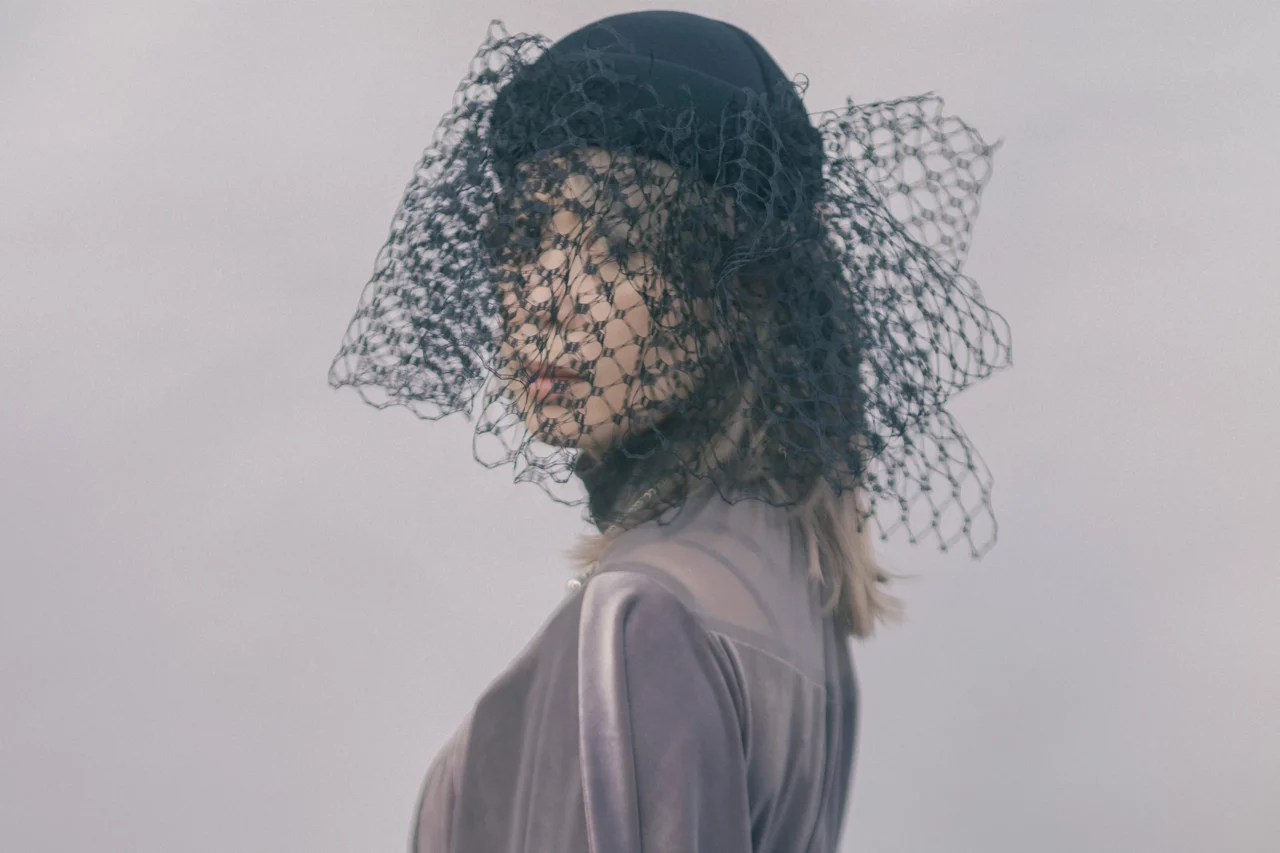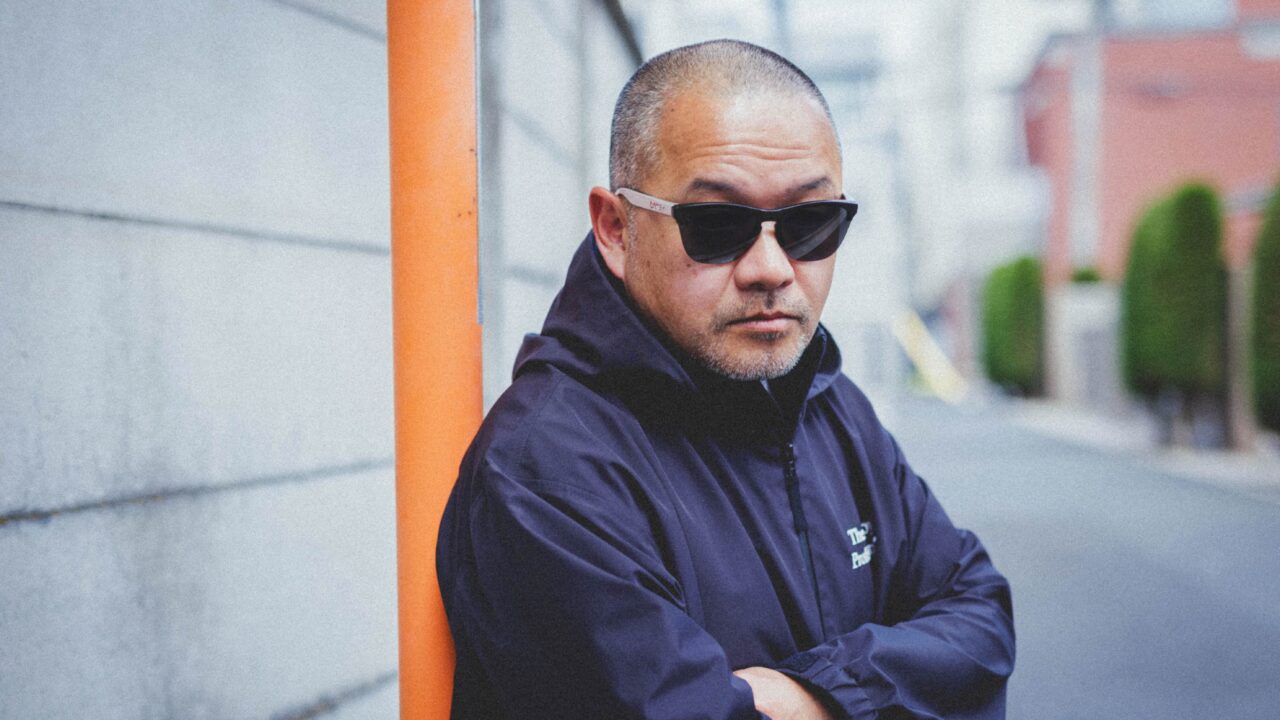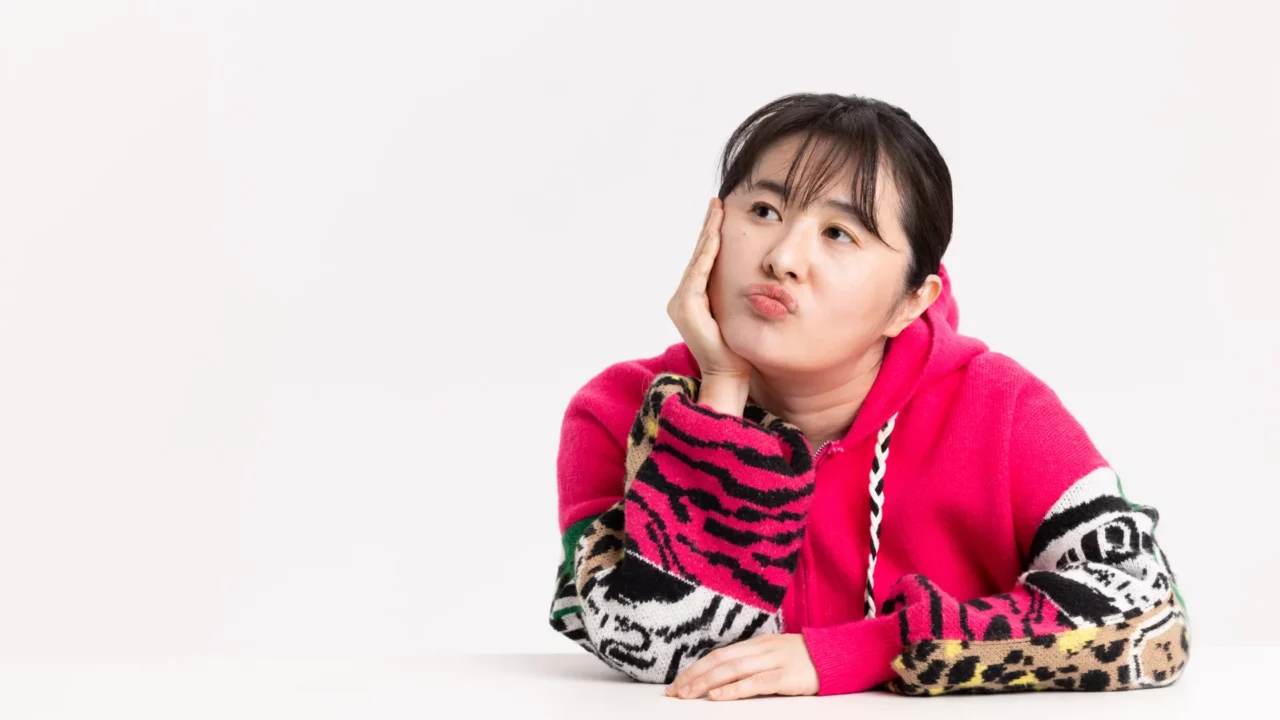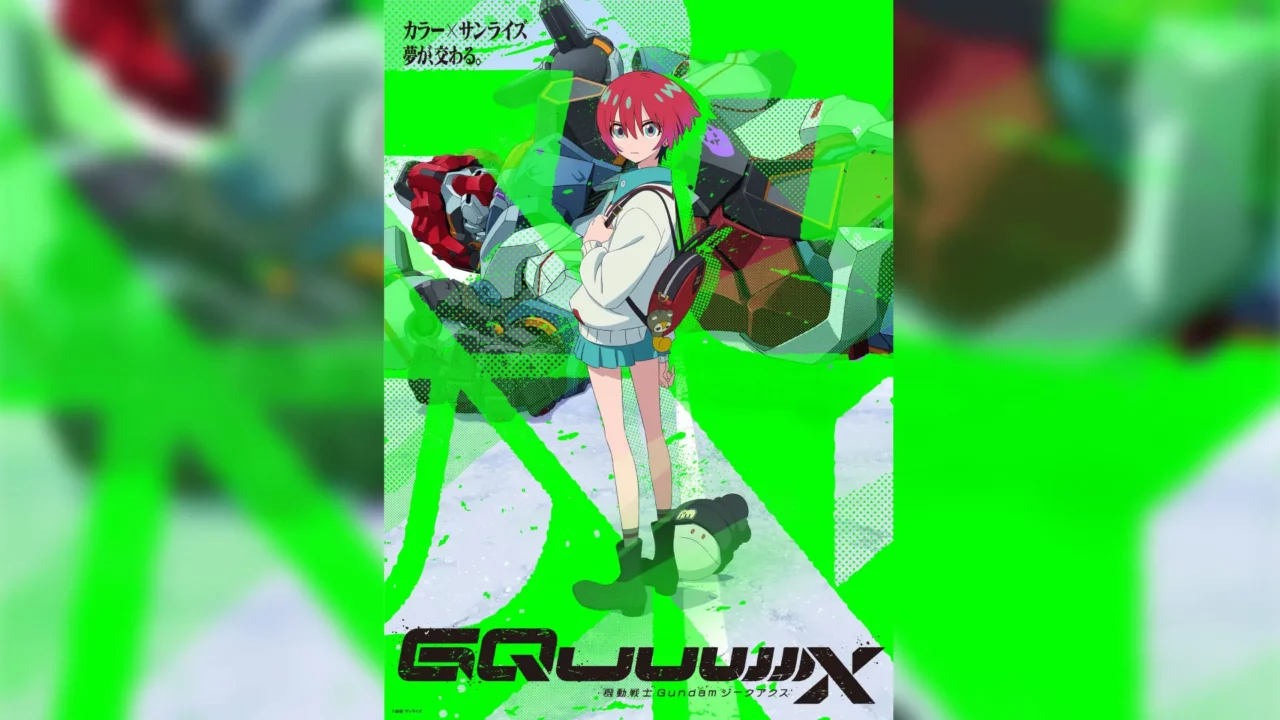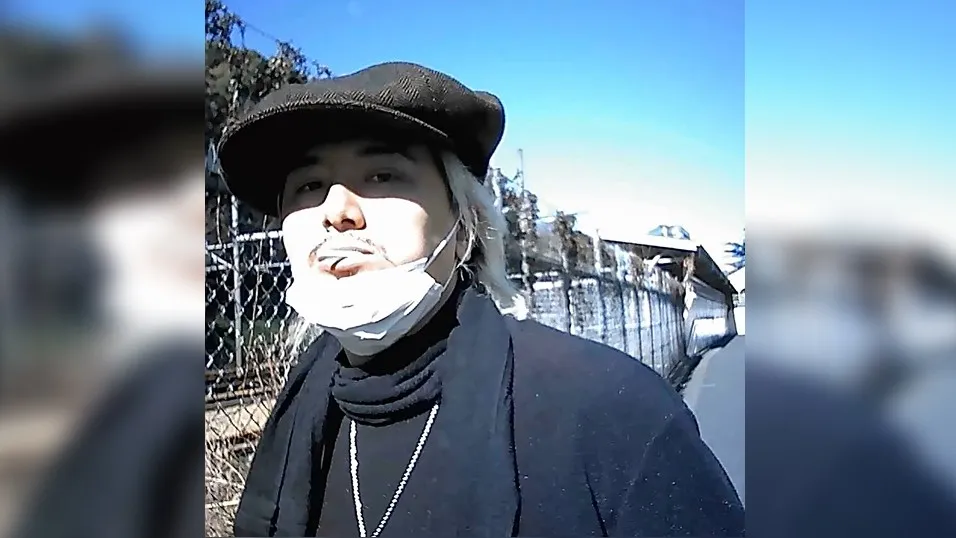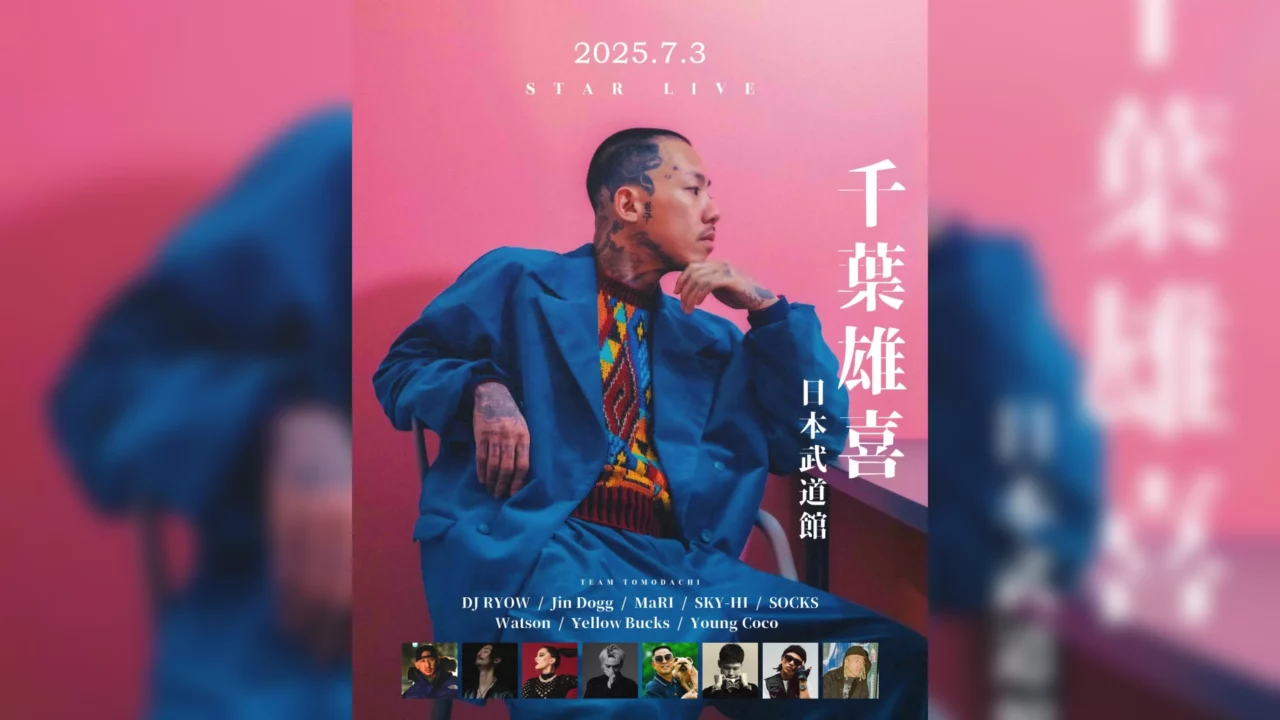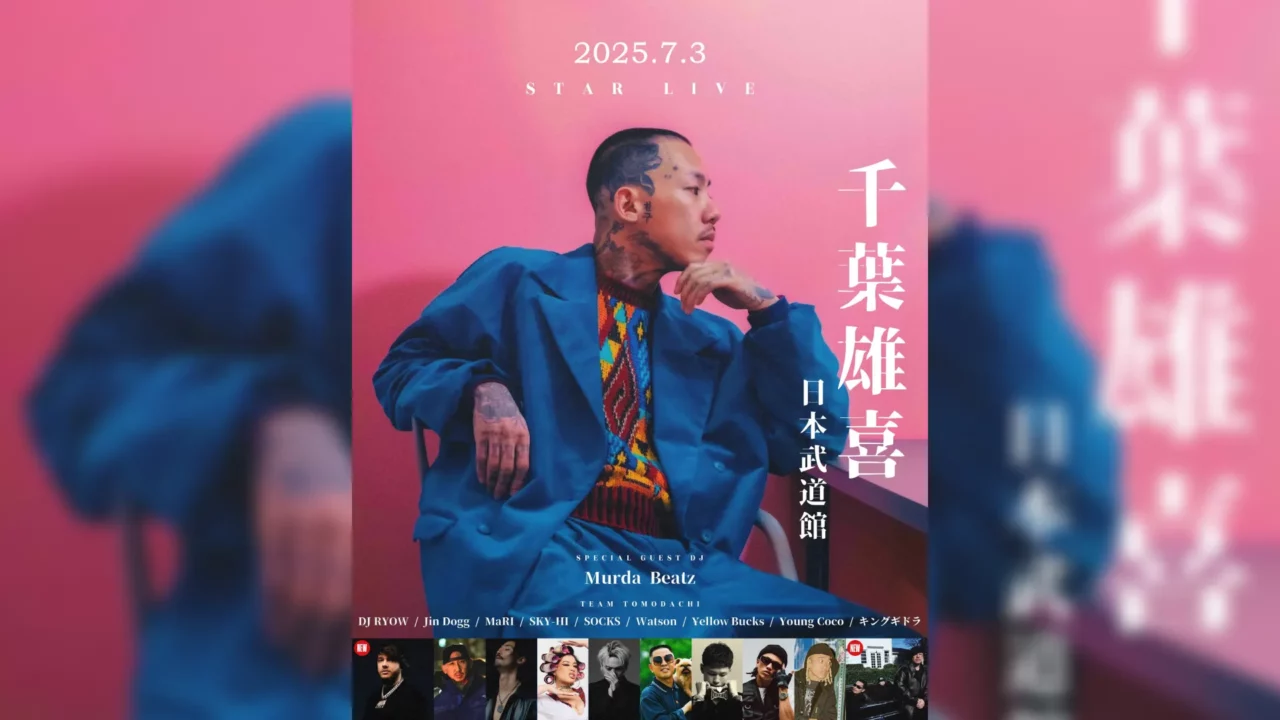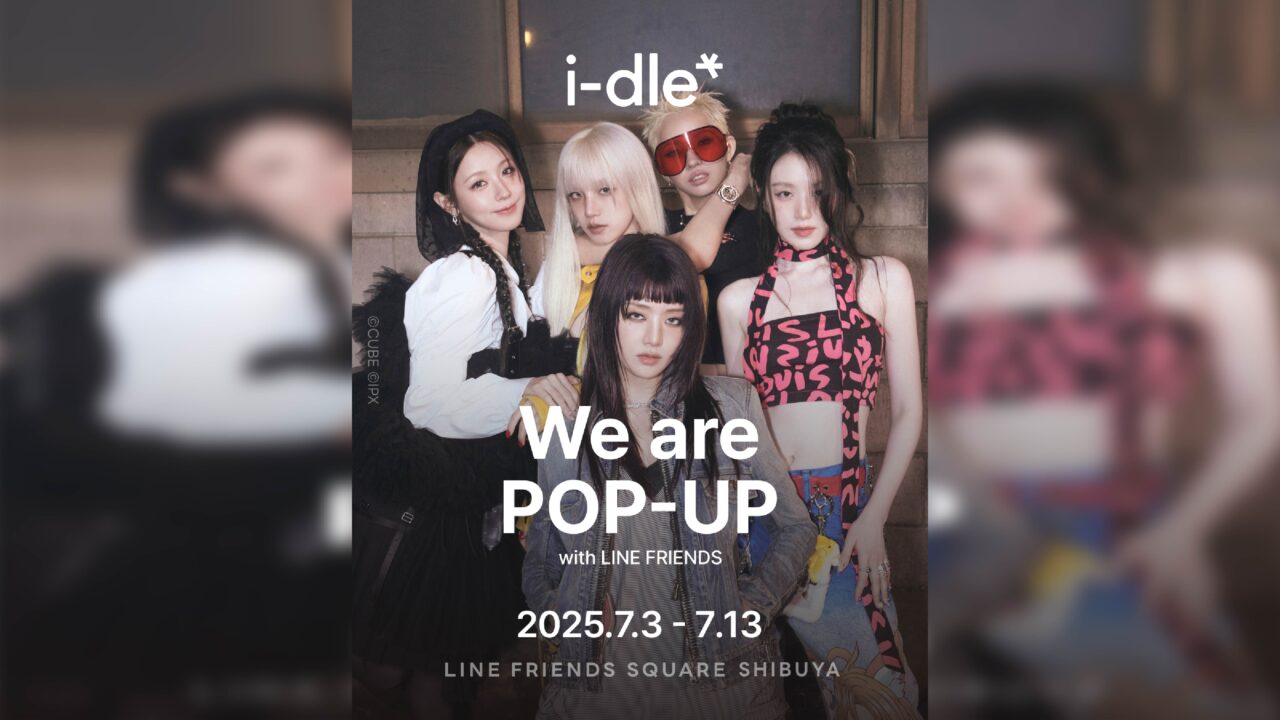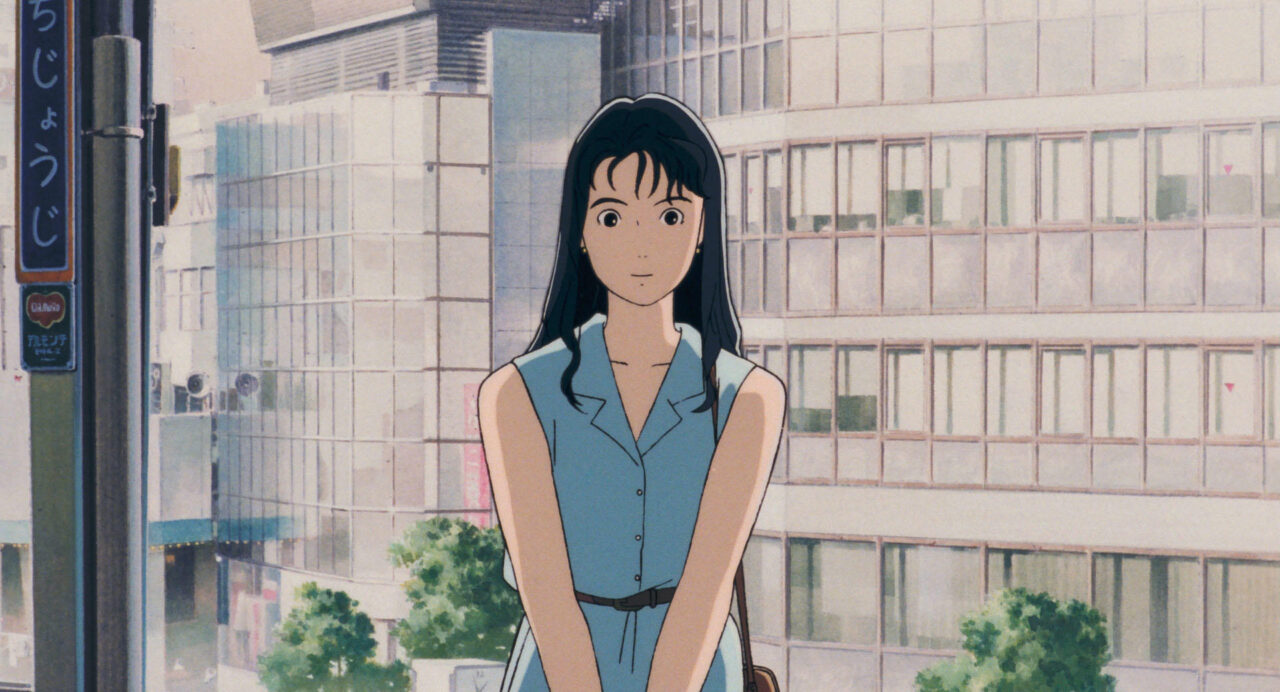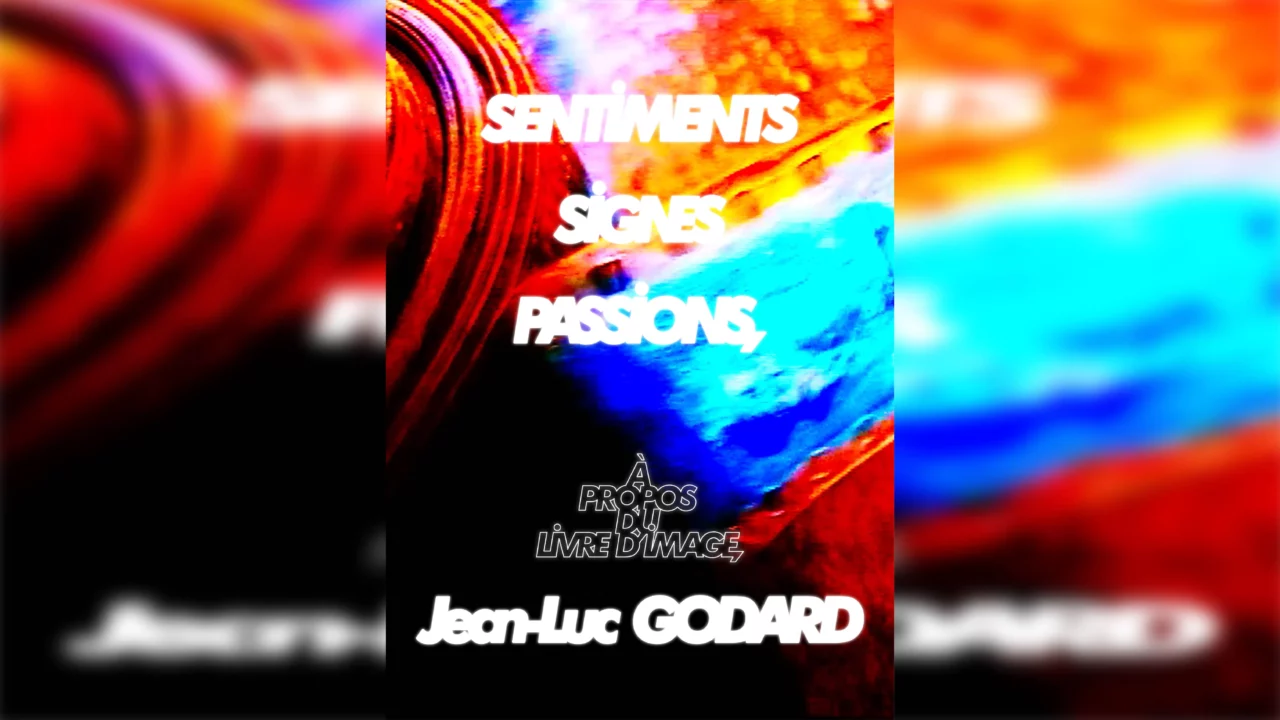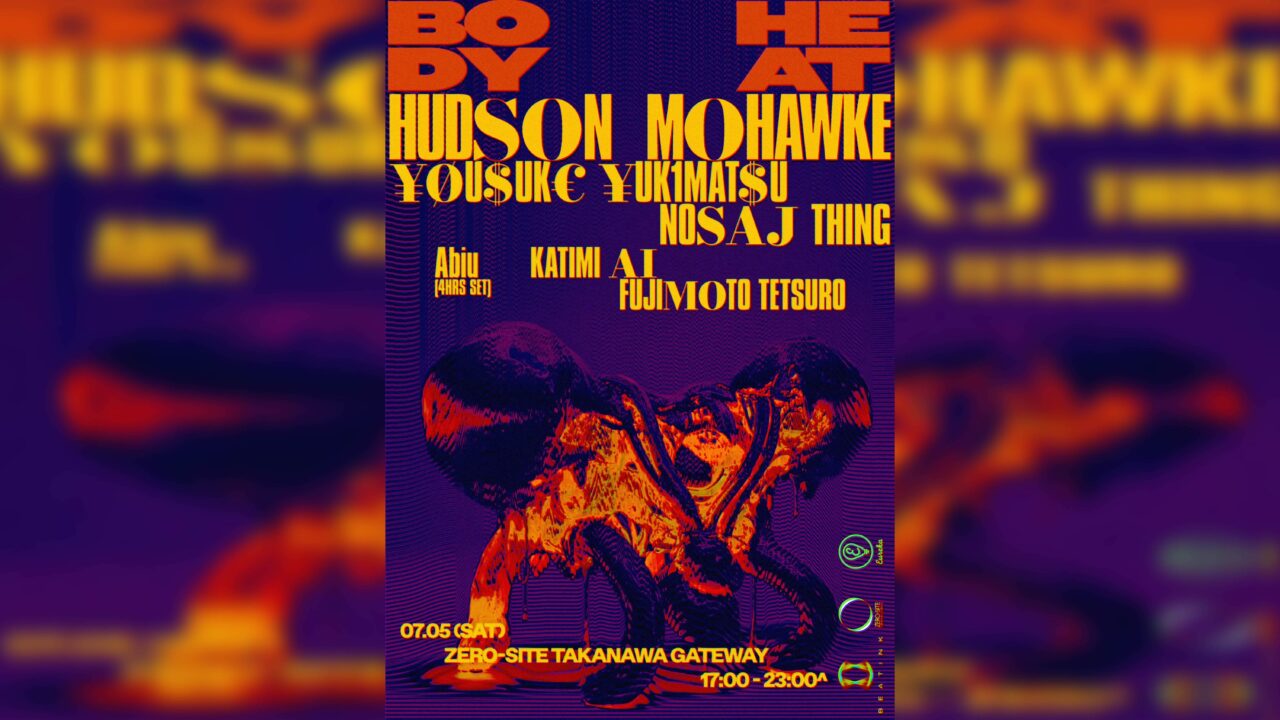“Welcome to the festival made just for you.” This is the vision of Yoichiro Yamazaki, the driving force behind rockin’on sonic, a bold new festival co-created by rockin’on and Summer Sonic, that celebrates nothing but pure Western rock music.
Set for January 4th and 5th, 2024, at the Chiba Makuhari Messe International Exhibition Hall, rockin’on sonic will bring together an electrifying lineup of legends and emerging talent, including PULP, Weezer, Primal Scream, and Death Cab for Cutie, along with a diverse range of artists like the up-and-coming WEDNESDAY and the iconic Saint Vincent. With 16 acts performing across two days and no overlapping set times, the festival promises a deep dive into the current and future sounds of Western rock.
In a time when Western music is said to be in decline, this festival serves as both a nostalgic celebration and a powerful reminder of rock’s timeless influence — a genre that evolves, blends, and reinvents itself across generations. With years of experience curating music magazines and witnessing the ever-changing music scene, Yamazaki opens up about his vision for the festival and what it means for rock music today.
INDEX
Launching a Festival with a Bold Mindset During Challenging Times
When I saw the lineup, I thought, “Is this festival actually made for me?” It really hits all the right notes [laughs]. I’ve been hearing a lot of people in their 30s to 50s, big Western music fans, say things like, “This is exactly the kind of festival we’ve been waiting for!”
Yamazaki: I appreciate that. I’ve been going around telling everyone I meet, “This festival is for you” [laughs].

Born in Tokyo in 1962 and raised in Kobe. Editor and writer. He joined the publishing company rockin’on in 1986. From 1991, he became the editor-in-chief of ROCKIN’ON JAPAN, and from 2000, the editor-in-chief of rockin’on. He currently serves as the overall editor-in-chief for both magazines. He has conducted interviews with numerous artists and written liner notes, earning passionate support from a wide readership.
Can you tell us about the background of launching rockin’on sonic, also known as Rokisoni, and the thoughts behind the theme of a Western rock festival?
Yamazaki:It’s been a long time since we’ve been hearing about the “decline of Western music,” and I personally feel that every day. As the editor-in-chief of a music magazine for many years, I’ve witnessed the steady decline in the number of people listening to Western music, and the diminishing passion for it. Especially, it’s clear that younger generations have fewer opportunities to be exposed to Western music.
However, at the same time, I also feel that the way younger generations approach Western music has been changing in recent years. With the rise of subscription services and the influence of Japanese artists, more people are engaging with Western music in ways that are different from before. Still, it’s not that we’re doing this festival just because the decline of Western music is improving. The situation is still tough, but we have to do it. rockin’on sonic was launched with what you could call a sense of “defiance,” or maybe a sense of “giving up,” in that regard.
rockin’on sonic is being co-hosted with Creativeman, the organizer of SUMMER SONIC. Can you share how that collaboration came about?
Yamazaki:I’ve had a long relationship with Creative Man through Western music, so when it came time to create a Western music event, they were the first ones I thought of. Especially with Western music, how to establish connections with international artists and their management is incredibly important. While ROCK IN JAPAN and COUNTDOWN JAPAN have been long-running festivals organized by rockin’on we’ve never had experience with a Western music festival. So, we absolutely needed Creativeman’s expertise.
Personally, I’ve been attending FUJI ROCK FESTIVAL and SUMMER SONIC every year since their first editions. The appeal of Fuji Rock lies in the enchanting, mountain-based atmosphere. On the other hand, Summer Sonic has the functional and efficient qualities unique to a city-based festival. Plus, with its two-location format in the Kanto and Kansai regions, it makes it accessible for more people. Personally, I’ve always felt that those aspects embody the “rock spirit.” While Fuji Rock’s romantic vibe is incredible, the practicality of Summer Sonic has its own unique charm, and I was excited about the potential of collaborating with Creativeman, considering all these elements.

Looking at the lineup, it reminds me of the SONIC STAGE and MOUNTAIN STAGE at SUMMER SONIC around 2010. While it’s not on the stadium scale, there’s a similar vibe of gathering artists who are supported by core fans. I feel that same energy in this year’s rockin’on sonic lineup.
*SONIC STAGE was a medium-sized stage inside Makuhari Messe, while MOUNTAIN STAGE was the largest stage within the venue. The MARINE STAGE at the outdoor ZOZO Marine Stadium was the biggest stage.
Yamazaki: I definitely had that image in mind as well. Of course, if we could bring in big-name artists, that would be great, but considering the current state of Western music, it’s not realistic to draw tens of thousands of people. So, the goal should be to create a mid-scale festival that can work well. Naturally, that brought to mind the SONIC STAGE from SUMMER SONIC. There’s a different vibe between the audience at the main stage and those at the second and third stages. The main stage has a festival-like atmosphere where everyone can enjoy it, but the SONIC STAGE and MOUNTAIN STAGE feel like special spaces where only the true fans of the bands gather. This time, with rockin’on sonic, I wanted to create that intimate sense of gathering, and I feel like we’ve achieved that.
How did you decide on the artist lineup?
Yamazaki: First, I created a list and showed it to Naoki Shimizu from Creativeman. Weezer and Primal Scream were at the top of that list. I had also included The Libertines and The Smashing Pumpkins, but due to scheduling conflicts, we couldn’t make it happen. However, many of the artists I initially listed have joined the lineup, which is great.

One of the most striking choices was making PULP the headliner, which shows a strong personal attachment from rockin’on.
Yamazaki: To be honest, PULP wasn’t even on the initial list. It wasn’t that I deliberately left them out, it’s just that I hadn’t thought of them at first. During the Britpop era in the UK, Oasis, Blur, and PULP were the three major bands, but in Japan, attention was inevitably focused more on Oasis and Blur. Oasis and Blur have visited Japan many times and performed on big stages, but PULP had very few opportunities to come here, and most people never had a chance to experience their appeal. It’s partly rockin’on‘s fault, I guess [laughs], as we pushed Oasis and Blur so much that the attention on PULP was minimal. Most people in Japan probably haven’t seen their live performances. This time, I think it’s a rare opportunity to see one of the most important bands in UK rock history live.






